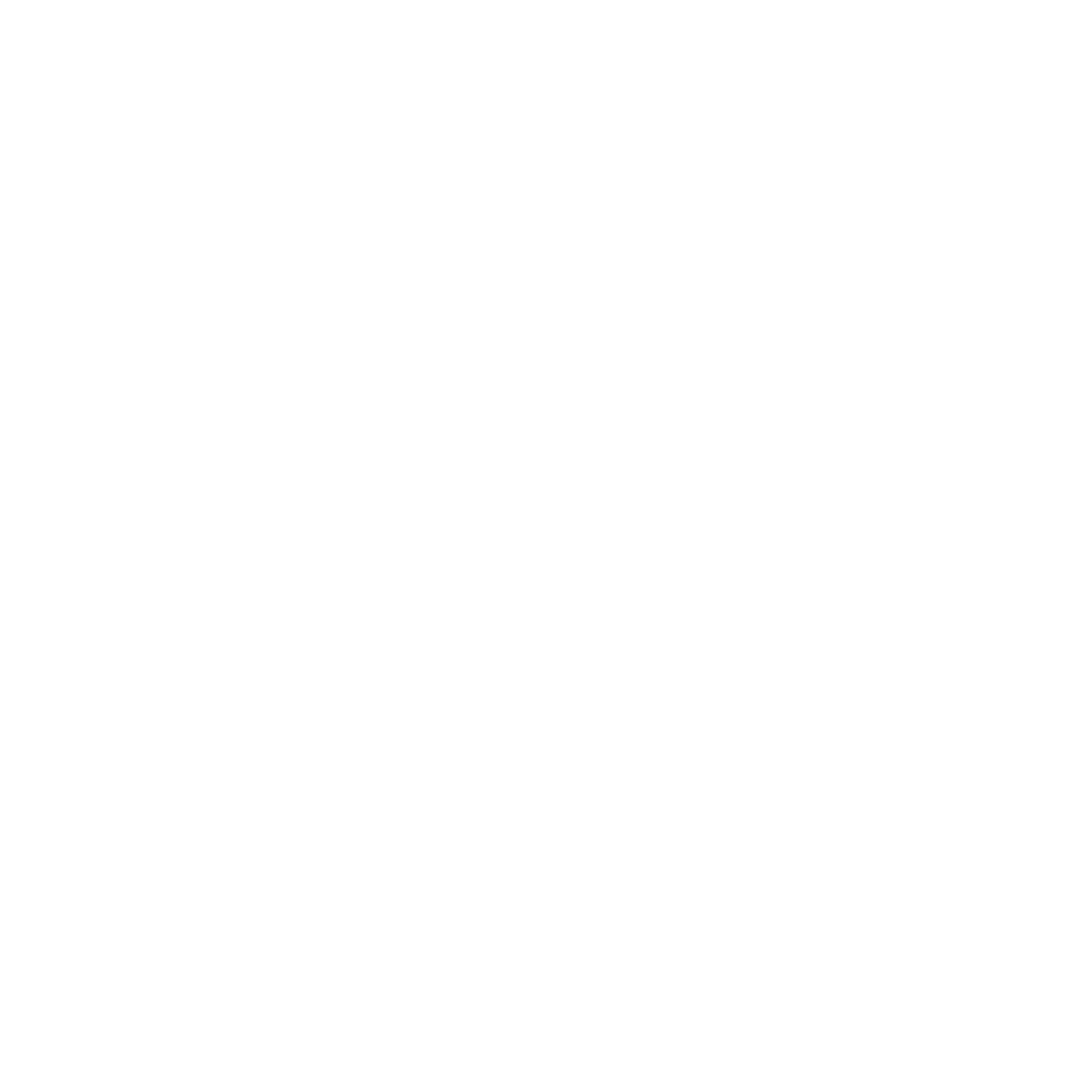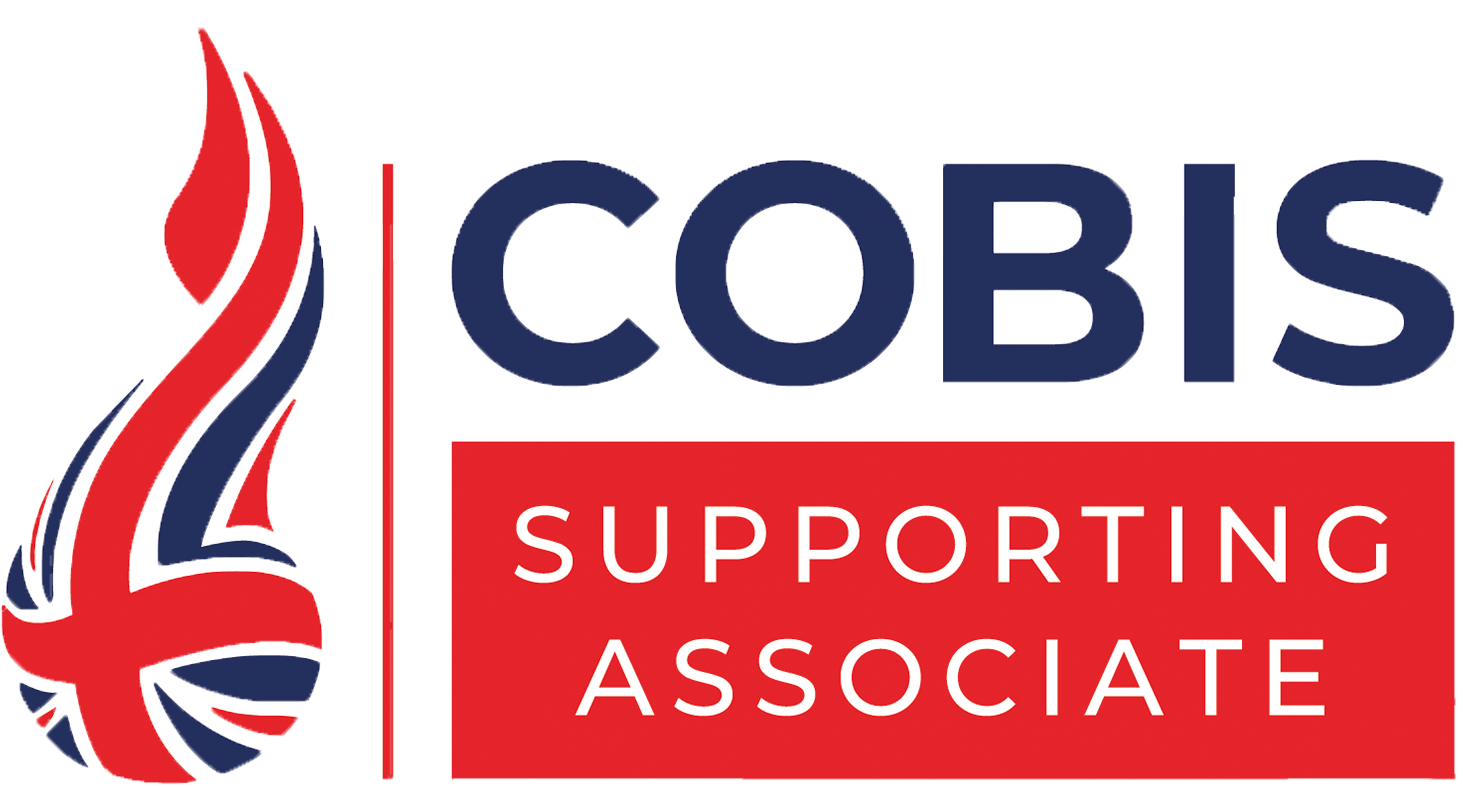Kayleigh Norman is the Senior School Head of English and whole school CPD coordinator at Wellington College International Tianjin. Eighteen months into their Great Teaching Toolkit journey, the school have built a strong culture of professional growth based around The Model for Great Teaching, and developed an empowering approach to peer coaching that works for their teachers.
We caught up with Kayleigh to find more about how she, and the wider senior school management team, have refined and started to embed this model of teacher development.
Our Beliefs
When we first introduced the Great Teaching Toolkit at Wellington College International Tianjin, we were looking for more than just another CPD programme; we wanted to build a culture of genuine professional growth, reflection, and collaboration. Our intention was to move away from sitting everyone in a room each week and having people talk at them; it was more about teachers going on their individual journeys based on meaningful goals.
Our Peer Coaching Model
After teachers choose their personal focus areas based on the Model for Great Teaching, they form triads – groups of three colleagues with a shared focus – who support one another outside of the usual appraisal or line management structure. The aim was always to create a space for genuine professional dialogue, where the motivation to improve comes from within the group itself, not from accountability pressures.
I worked closely with our Head and Deputy Head of School to come up with a structure that worked for us. We hear a lot about the power of ‘soft accountability’, and this model really embodies that. We made sure to include whole-staff sessions, self-led time to engage with learning, and dedicated triad meetings. In those meetings, teachers reflect on what’s worked (and what hasn’t) in their classrooms and decide on next steps. The idea is to foster honest, supportive conversations that lead to meaningful change.
A Change of Direction
When we first grouped triads, we deliberately included someone with a particular strength in another’s chosen focus area, thinking that would help guide the group. But quite quickly, Felix Ogando, our Deputy Head of Senior School, and I realised that wasn’t really the peer coaching model we wanted. We didn’t want teachers looking to someone else for the answers. Instead, we wanted to create a space where teachers felt empowered to find their own way forward, by engaging deeply with their learning, trying things out in class, and taking part in collaborative reflection.
An Open Culture
As a result, we changed our approach; teachers from departments across the school are now simply grouped by shared goals. They feel they’re on the same journey, even though their classrooms and challenges are different. It has also created more openness. When you’re not sitting next to someone you see as an expert in your own subject, it’s easier to be honest about what’s going well and what isn’t. We’ve also worked hard to support the conversations themselves. Some people naturally open up, but others need more structure to feel safe being vulnerable. We’ve found that over time, the culture is shifting, and colleagues are more willing to say, “I’m struggling with this,” or “A student survey flagged this for me.”
We’ve consistently asked our team for feedback on how this approach is working for them, and we will continue to do so. At the end of each term, we hold celebratory sessions. These can be a formal way of sharing what we’ve learned, or informal chats over coffee. It’s a chance to reflect, connect across departments, and celebrate the progress everyone is making. I’ve found that more and more colleagues are coming to me to share what they’re working on. That openness, that ownership of development; that’s where the real power of this model lies.
Find out more about the Great Teaching Toolkit here.





